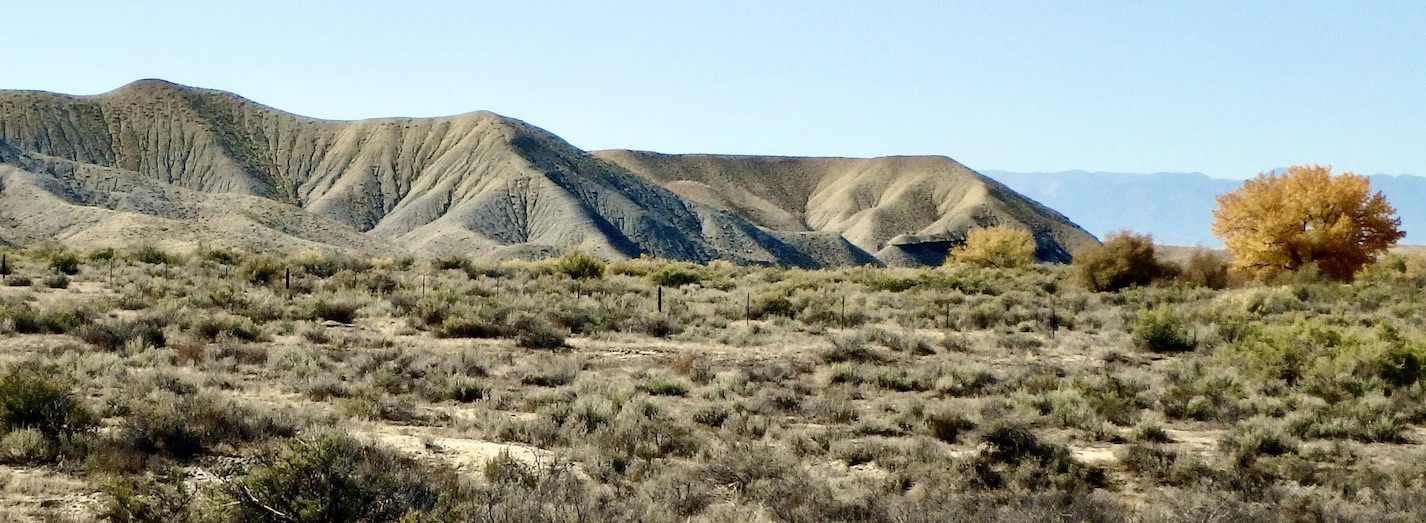
Online Short-Course in Shale Diagenesis
Course Details
Shale reservoirs are one of the world’s biggest assets and underexplored in many countries around the world. Shales were for the longest time thought of as massive but they aren’t. Unraveling the sedimentology of shale provided one glimpse into their diverse internal architecture, however, their diagenesis is most likely even more crucial. Shale diagenesis changes the behavior of the affected rocks and can be so severe that seemingly similar-looking shales behave completely differently when undergoing fracking.
This course will give an introduction to recognizing diagenetic changes in shales. It will run through the most important aspects that can be recognized on a macroscopic, microscopic, and sub-microscopic (SEM) level. With the knowledge acquired in this course, the participants can start working on evaluating diagenetic changes in shales. The course will constantly adapt and integrate current developments of shale diagenesis research.
The entire course will be taught online for now but a classroom version is planned for the future once the pandemic subsides.
Who Should Attend
• Geologists
• Geophysicists
• Petrophysicists
• Engineers
and all who wish to develop a better understanding of the factors that control reservoir quality in mudrock (shale) reservoirs.
Need more information?
Course Outline
Three-hour introductory module
Introduction
- Importance of this course
- What is diagenesis? Definition and aspects in shales
- What are we focusing on in this course, and what possibilities would shale diagenesis offer?
- Applications; Petroleum aspects but also aspects of other resources (e.g. water)
Workflow
- Steps implemented to understand a shale succession’s diagenesis
- Factors influencing diagenesis
- Aspects to look for macroscopically, in thin section, in SEM
Principles of cement phases, how to recognize, and how to distinguish them
- Principles of recognition of cements and their relative timing
- Type of timing – what can we distinguish?
- What exactly are we looking for, and where are we looking for it?
- Examples I: these are example cements
- Examples II: these are examples of how to establish a (relative) succession
Porosity in shales
- Types of porosity
- Approaches to classification and potential importance
- Examples III: what do these pores look like?
Application I – the Tøyen Shale (Ordovician, Scandinavia) (10 slides)
Application II – the upper Bakken Shale (Mississippian, USA) (10 slides)


